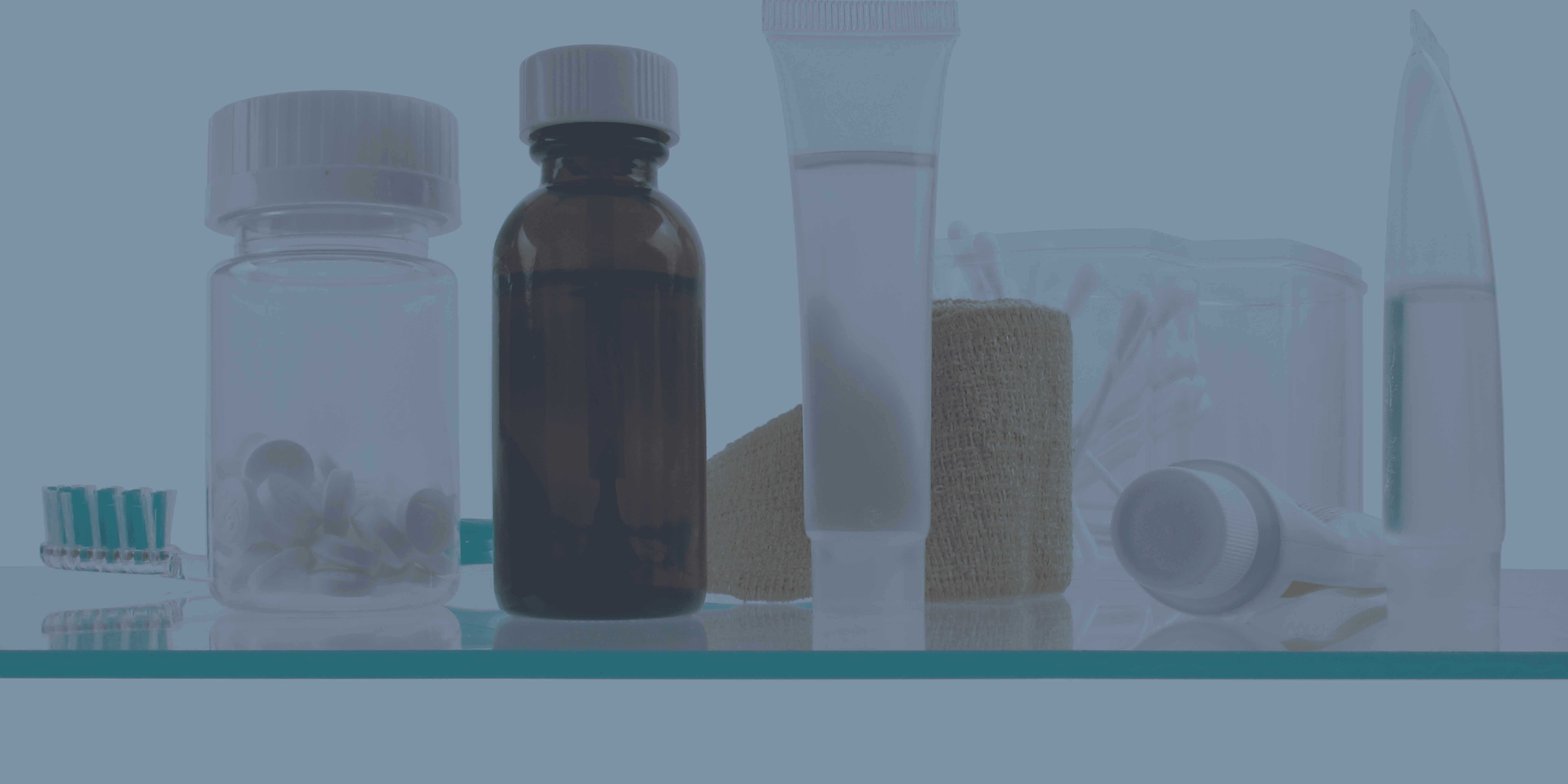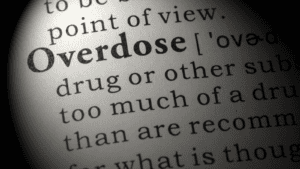What is Fentanyl?
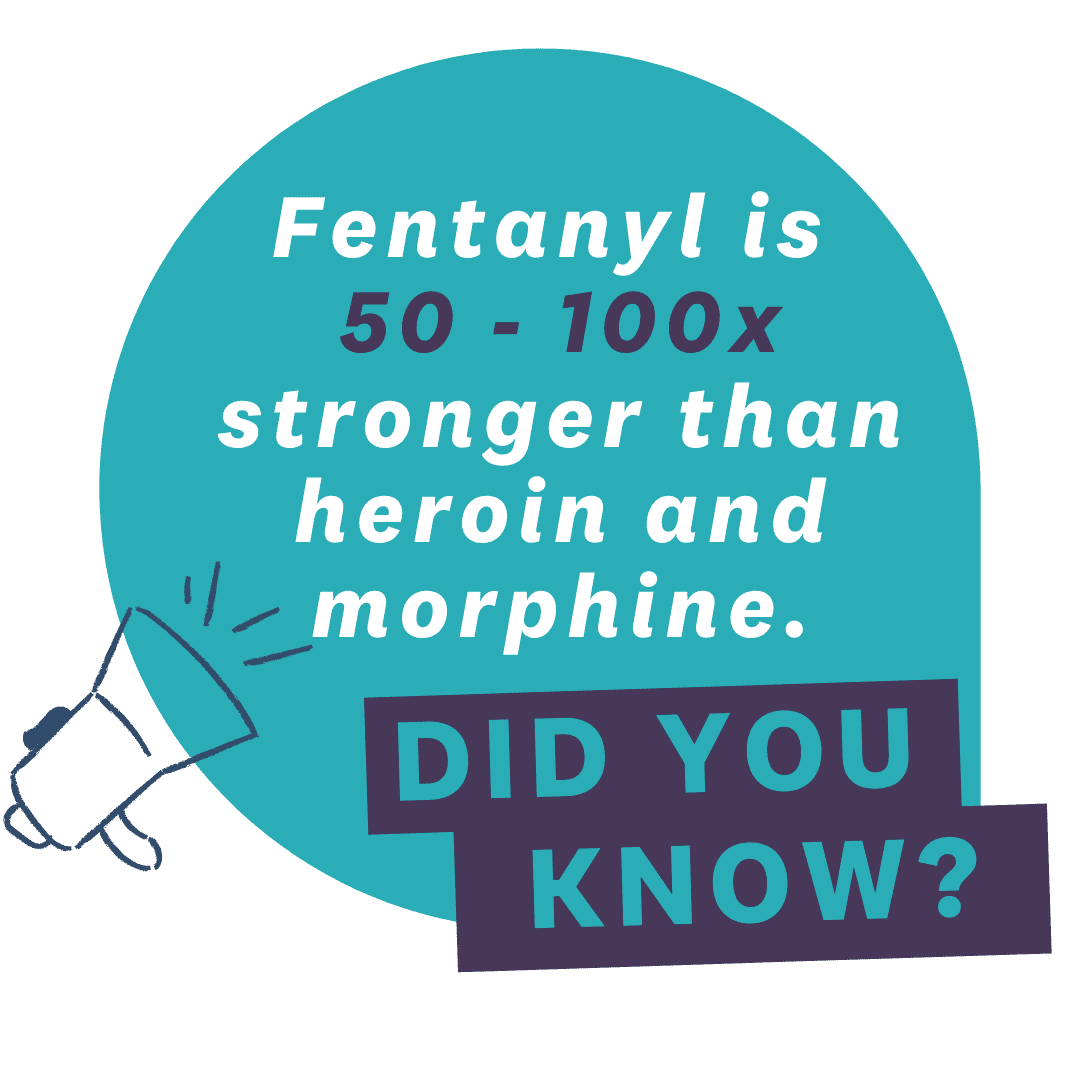
As a slow-release patch, fentanyl can be prescribed to people with long-term, severe pain. The illegally used fentanyl most often associated with recent overdoses is made in labs and referred to as “street fentanyl.” It is swallowed, smoked, snorted, or injected. Both are very dangerous and when not used correctly. Even a small amount can cause an overdose and death.
Actions You Can Take Right Now:
- Develop Your Safety Plan, and display your safety plan where it is easily seen or accessible and give your safety plan to people you trust will use it.
- Learn more about Naloxone, a medication used to reverse an opioid overdose.
- Families with children and teens are encouraged to explore our SAFE Choices program, which has valuable connections and youth prevention, intervention, treatment, and recovery resources for parents, guardians, and caretakers.
“What 3 Grieving Dads Want You to Know About America’s Fentanyl Crisis”
Tt is important to not only share our stories, but also to share the facts about fentanyl that can better inform all of us, especially the precious young people in all our lives.
Fentanyl and its Impact on the Addiction Crisis

Fentanyl and Our Youth

In recent years, there has been an uptick in fentanyl-related incidents among youth and young adults. According to the Centers for Disease Control and Prevention (CDC), the age group of 15-34 has witnessed a significant increase in fentanyl-related deaths, underscoring the urgent need for awareness and preventive measures. The ease of access to illicitly manufactured fentanyl has contributed to its widespread use among this demographic.
In today’s digital age, social media platforms have become an easy outlet for teens seeking to purchase drugs. The anonymity and convenience offered by these platforms provide a covert space for illicit transactions. Peer pressure and the desire for social acceptance can drive teenagers to explore these online avenues, inadvertently exposing them to the dangerous world of substance abuse. Parents, educators, and community leaders must foster open dialogues, emphasizing the importance of making informed, responsible choices in an increasingly interconnected digital landscape.
In the News
- NPR (March 11, 2025): Fentanyl deaths are plunging, but it’s just the first step
- United States Senate Committee on Finance (May 23, 2024): Front Lines of the Fentanyl Crisis: Supporting Communities and Combating Addiction through Prevention and Treatment
- NPR (August 13, 2023): Caring for people with fentanyl addiction often means treating terrible wounds
- White House (July 11, 2023): FACT SHEET: In Continued Fight Against Overdose Epidemic, the White House Releases National Response Plan to Address the Emerging Threat of Fentanyl Combined with Xylazine
- NBC News story (August 7, 2022): Once feared, illicit fentanyl is now a drug of choice for many opioid users
- Medpage Today news (July 21, 2022): Blame Won’t Curb the Fentanyl Crisis
- New York Times story (May 19, 2022): As Fentanyl Overdoses Rise, How to Keep Loved Ones Safe
- National Institute on Drug Abuse Press Release (March 31, 2022): Law enforcement seizures of pills containing fentanyl increased dramatically between 2018-2021
- White House Press Release (March 16, 2022): At Urging of U.S., UN Commission Acts Against “Precursor” Chemicals Used to Produce Illicit Fentanyl
Fentanyl Test Strips: What They Are & How to Use Them
Fentanyl Test Strips can identify the presence of fentanyl in unregulated drugs and can test injectable drugs, powders, and pills. There is not a tool available for finding Fentanyl Test Strips in specific areas, but some Harm Reduction Agencies or Health Departments have them available.
Know What to Do If You
Witness An Overdose
Every 15 minutes, a person dies from an accidental opioid overdose. Do you know the signs of an overdose and what to do if you witness one? Witnessing an overdose is not something anyone should have to go through, but everyone should be prepared and have naloxone on hand.

Have a Safety Plan
Having a safety plan can help reverse the silence on the addiction epidemic. As a harm reduction tool, SAFE Project’s downloadable Safety Plan with tips can help individuals who use drugs prevent overdose. Display your safety plan where it is easily seen or accessible and give your safety plan to people you trust will use it.
Dispose of Unused Medication
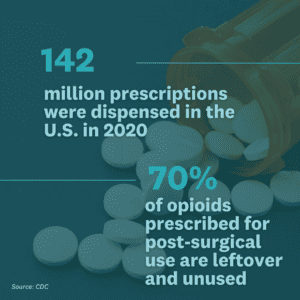

The number of lives we’re losing and the economic impact of this crisis, and the fact that the supply is maliciously coming from entities in other nations, speaks to this as a national security crisis rather than simply a public health crisis. The efforts of the Commission and this report make clear that a solution will require far more concerted resources and action.”

Additional SAFE Project Resources
-
 Resource
ResourceLessons Learned: The Truth About Harm Reduction
Harm reduction treats individuals with substance use disorders with dignity and respect using a social justice and health equity lens. -
 Resource
ResourceHow to Talk and Listen to Your Teen
When talking and listening to your teen about addiction, it's important to be present every step of the way. -
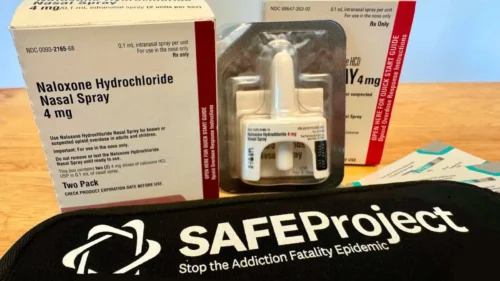 Page
PageWhat is Naloxone? What should I do if I witness an overdose?
Naloxone (also known as Narcan®) is a medication used to reverse an opioid overdose. -
